The Sex in Little Red Riding Hood
From this classic fairy tale Little Red Riding Hood (original), 1697, By Charles Perrault, we can see the human animal's love of under-aged females, and love them pretty and vulnerable. In general, vulnerability is a key element in cuteness, because it is the opposite of posing a threat. Within human animals, we tend to love little girls more than little boys. For males, the opposite sex is obviously more attractive, since males due to their biology can beget a baby per bang. The more girls men bang, the more they multiply. For females, they also find little girls equally if not more attractive than little boys. Because, females in general are not interested in random males sexually because they can beget only one baby per year, regardless the number of males they bang. (thus their biology shaped them to prefer quality than quantity) But also, in human animals it is the males who do predatory work, thus random male may actually be a source of harm.
Note, in 1700s, people die before they reach 40. Girls bearing children at age 13 is not uncommon.
Now let's see some selected modern illustration of the Little Red Riding Hood. (these are from first 2 pages of google image search as of 2005-09.)
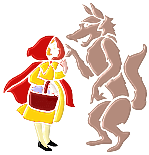
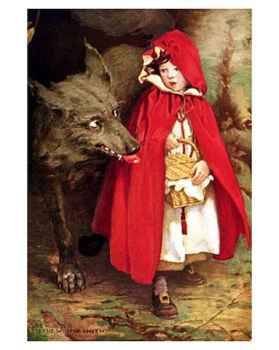
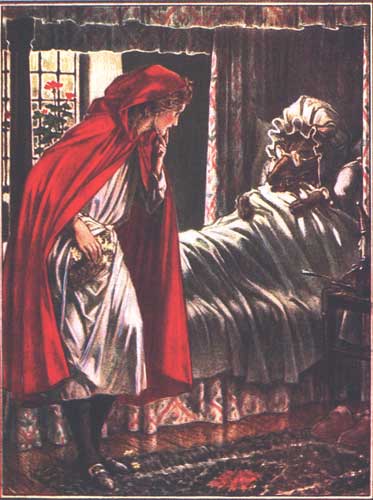
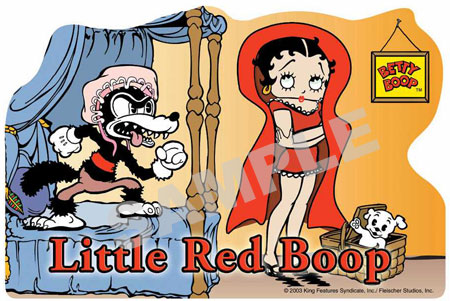
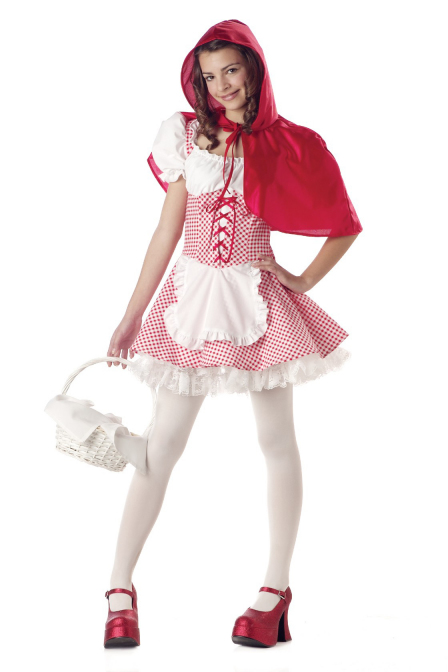
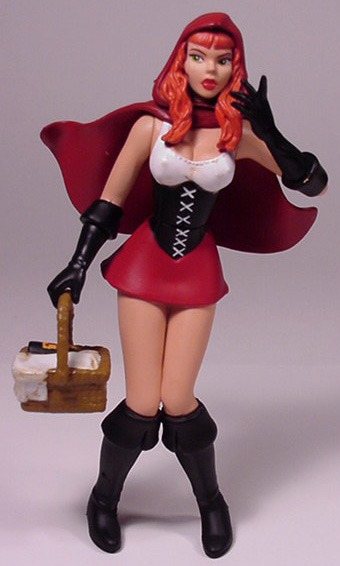
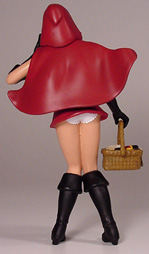
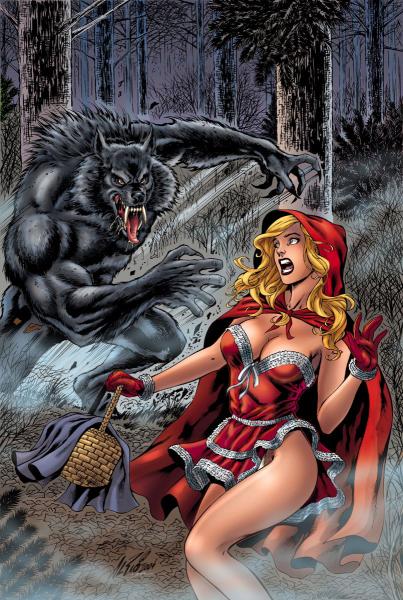
Possible further reading:
- Little Red Riding Hood Uncloaked: Sex, Morality and the Evolution of a Fairy Tale By Catherine Orenstein. At Buy at amazon
- Catherine Orenstein has also written a article about it on 2004 Summer issue of “Ms.” magazine: Dances with Wolves: Little Red Riding Hood's Long Walk in the Woods By Catherine Orenstein. @
http://www.msmagazine.com/summer2004/danceswithwolves.asp
For the original story, see: Little Red Riding Hood (original), 1697, By Charles Perrault.
For a politically correct version, see: Little Red Riding Hood (Politically Correct version).